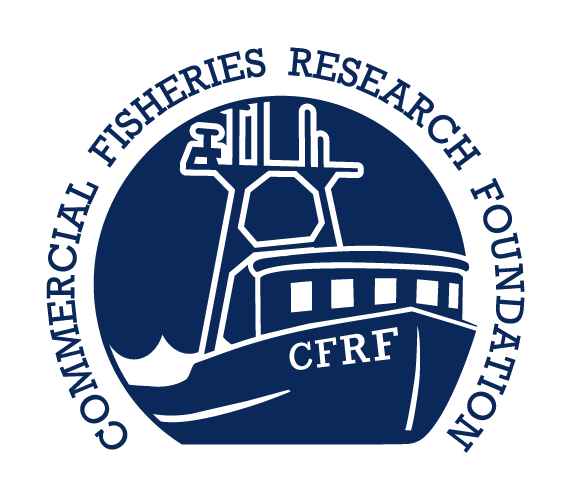Examining Settlement Dynamics of Postlarval American Lobster in Lobster Management Area 2
- Program: SNECRI 2008
- Total Amount Awarded: $124,302
- Project Duration: Jun 1, 2009 - May 31, 2011
- Status: Completed.
Project Team:
- Robert Glenn (MA Div. of Marine Fisheries)
- Mark Gibson (RI DEM)
- Richard Wahle (Bigelow Laboratories)
- Jim Manning (NMFS)
- Lanny Dellinger (RI Lobsterman’s Association)
- Arthur DeCosta (MA Lobsterman’s Association)
- Tom Angell (RI DEM)
- Tracy Pugh (MA Div. of Marine Fisheries)
- Kelly Whitmore (MA Div. of Marine Fisheries)
- Steve Wilcox (MA Div. of Marine Fisheries)
Project Summary:
The American lobster (Homarus americanus) fishery in Lobster Management Area 2 historically has been one of the most valuable commercial fisheries conducted in Southern New England. However, after peaking in the late 1990’s the fishery experienced a precipitous drop. Landings from 2003 to 2007 accounted for five of the seven lowest values in the 27 year time series. In addition to the commercial landings decline, total abundance and postlarval settlement of lobster have also declined considerably since the 1990’s. Postlarval settlement began deteriorating even as spawning stock biomass was at or near time series highs, suggesting that environmental parameters may be affecting hatching, larval development and survivorship, or larval transport, rather than limitations in egg production.
Starting in the late 1990’s, the inshore LMA 2 region has experienced a period of years with excessively warm summer water temperatures, and this pattern has persisted for longer than any other warming trend in the time series (1945 – 2007). This increase in water temperatures appears to coincide with the decline in the lobster stock and fishery. Water temperatures play a vital role in many aspects of lobster life history. Processes such as egg development, egg hatching, larval development are all strongly influenced by temperature. An alteration in any of these processes in relation to temperature changes could produce variability in both the timing and geographic distribution of postlarval settlement. We propose to systematically investigate possible mechanisms behind declines in young-of-the-year survey indices by monitoring the settlement process from egg-hatch to postlarval settlement. Objectives are:
- Determine the current geographic distribution of lobster settlement in LMA 2
- Assess how well the RI and MA young-of-the-year settlement surveys monitor year class strength
- Assess the suitability of the habitat in the nearshore waters of LMA 2 for postlarval settlement
- Examine the relationship between location of egg-bearing females and larval transport pathways
- Determine if declines in the YOY settlement are related changes in environmental conditions
Development of accurate YOY abundance indices is a crucial component of the lobster stock assessment process that facilitates a description of the overall health of the stock. The proposed work will allow us to verify whether monitoring efforts need to be adjusted to address shifts in settlement patterns related to a temperature-driven alteration in suitable habitat. Additionally, it will allow us to assess the efficacy of lobster management measures designed to increase egg production or spawning stock biomass. Without an accurate characterization of the larval development, delivery, and settlement process, it is difficult for managers to design appropriate measures to increase recruitment. The information we collect will be vital to managers as they continue to work on solutions to improve stock conditions in LMA 2.

